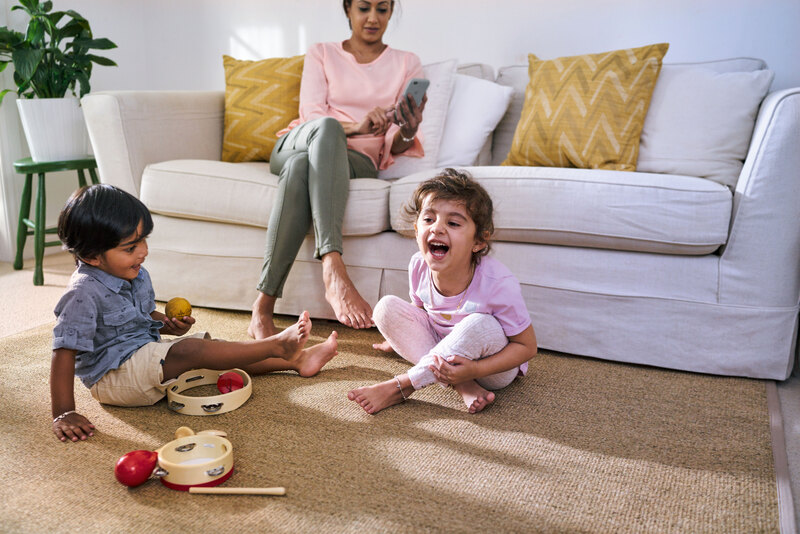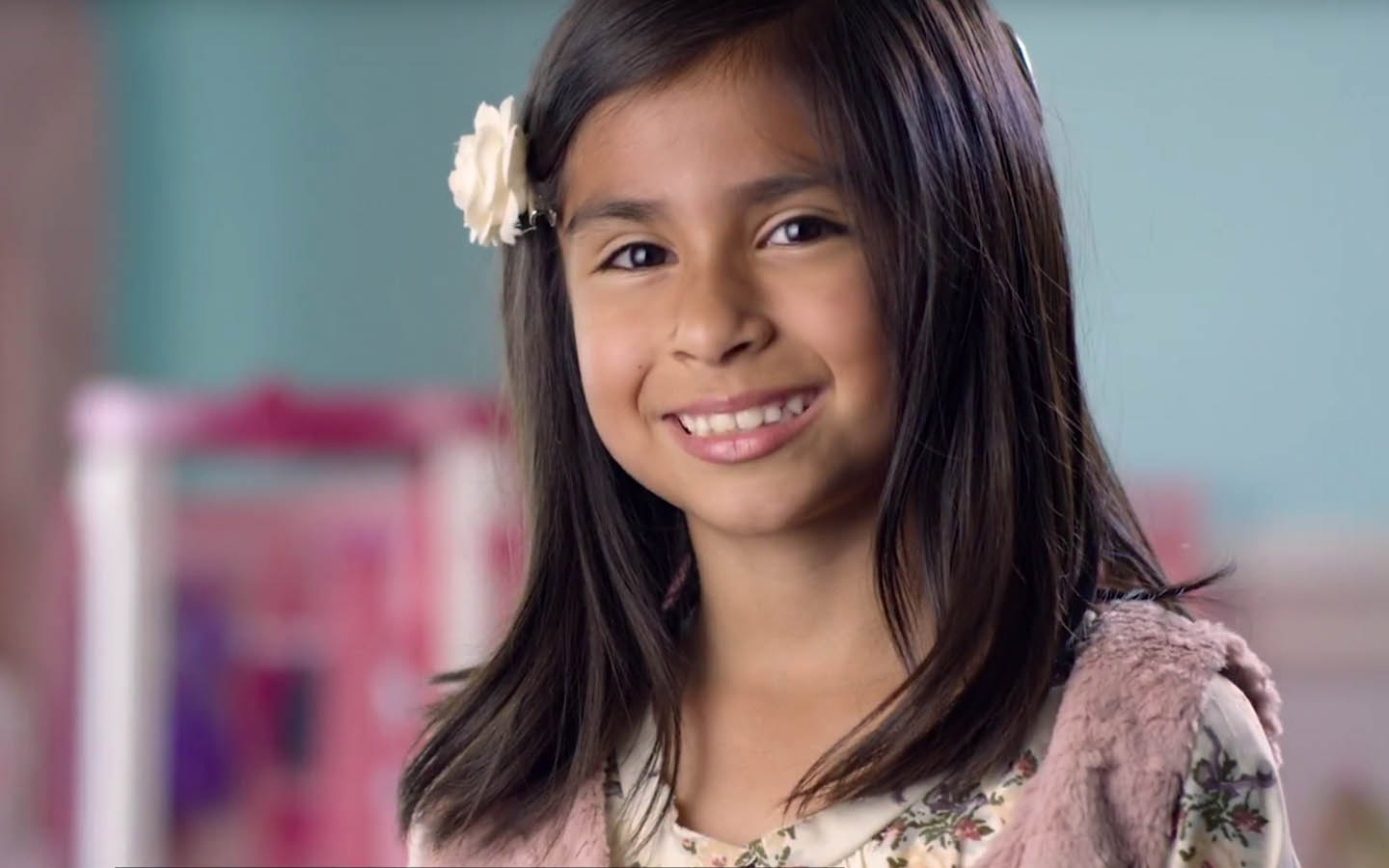Hybrid cochlear implants for children
Hybrid cochlear implants may help your child get back the sounds they're missing.

What you'll find on this page
- Why high-frequency sounds matter.
- Information on hybrid cochlear implants for children.
Can hybrid hearing help your child?
Does your child hear low-frequency sounds, such as the rumble of thunder, but struggles with high-frequency sounds like whistles and the laughter of other children?
Hybrid cochlear implants, also known as electro-acoustic hearing, may help your child hear the full spectrum of sound.
Hybrid cochlear implants for children
If your child can hear some low-frequency sounds but misses high-frequency sounds, a hybrid cochlear implant may be a solution. It uses any natural low frequency hearing your child may still have, while providing access to the high-frequency sounds they're missing. This may give them a richer hearing experience.
A hearing specialist will be able to advise if your child may benefit from Cochlear™ Hybrid™ Hearing.
Why high-frequency sounds matter
If your child has high-frequency hearing loss, they can hear some sounds, but not others. Hearing a wider range of frequencies may help with language development.1
High-frequency sounds include consonants, which help your child distinguish between words and detect emotion. Without them, words can merge, making what your child hears jumbled and sometimes difficult to understand.
Without a wide range of hearing, it can be difficult to hear higher pitch sounds like a whistle blowing, a school bell or another child's voice.
Find a hearing specialist near you
Disclaimer
Please seek advice from your health professional about treatments for hearing loss. Outcomes may vary, and your health professional will advise you about the factors which could affect your outcome. Always follow the directions for use. Not all products are available in all countries. Please contact your local Cochlear representative for product information.
For a full list of Cochlear’s trademarks, please visit our Terms of Use page.
In Australia, Cochlear™ Nucleus® implant systems are intended for the treatment of moderately severe to profound hearing loss.
In Australia, Baha® bone conduction implant systems are intended for the treatment of moderate to profound hearing loss.
In Australia, the Cochlear™ Osia® System is indicated for patients with conductive, mixed hearing loss and single-sided sensorineural deafness (SSD) aged 5 years and above with up to 55 decibels sensorineural hearing loss. Patients should have sufficient bone quality and quantity to support successful implant placement. Surgery is required to use this product. Any surgical procedure carries risk.
For Cochlear™ Nucleus®, Osia® and Baha® systems: This product is not available for purchase by the general public. For information on funding and reimbursement please contact your health care professional.
Any testimonial featured on this website is intended for an Australian audience only.
References
- Stelmachowicz P, Pittman A, Hoover B, Lewis D, Moeller M. The Importance of High-Frequency Audibility in the Speech and Language Development of Children With Hearing Loss. Archives of Otolaryngology–Head & Neck Surgery. 2004;130(5):556.






